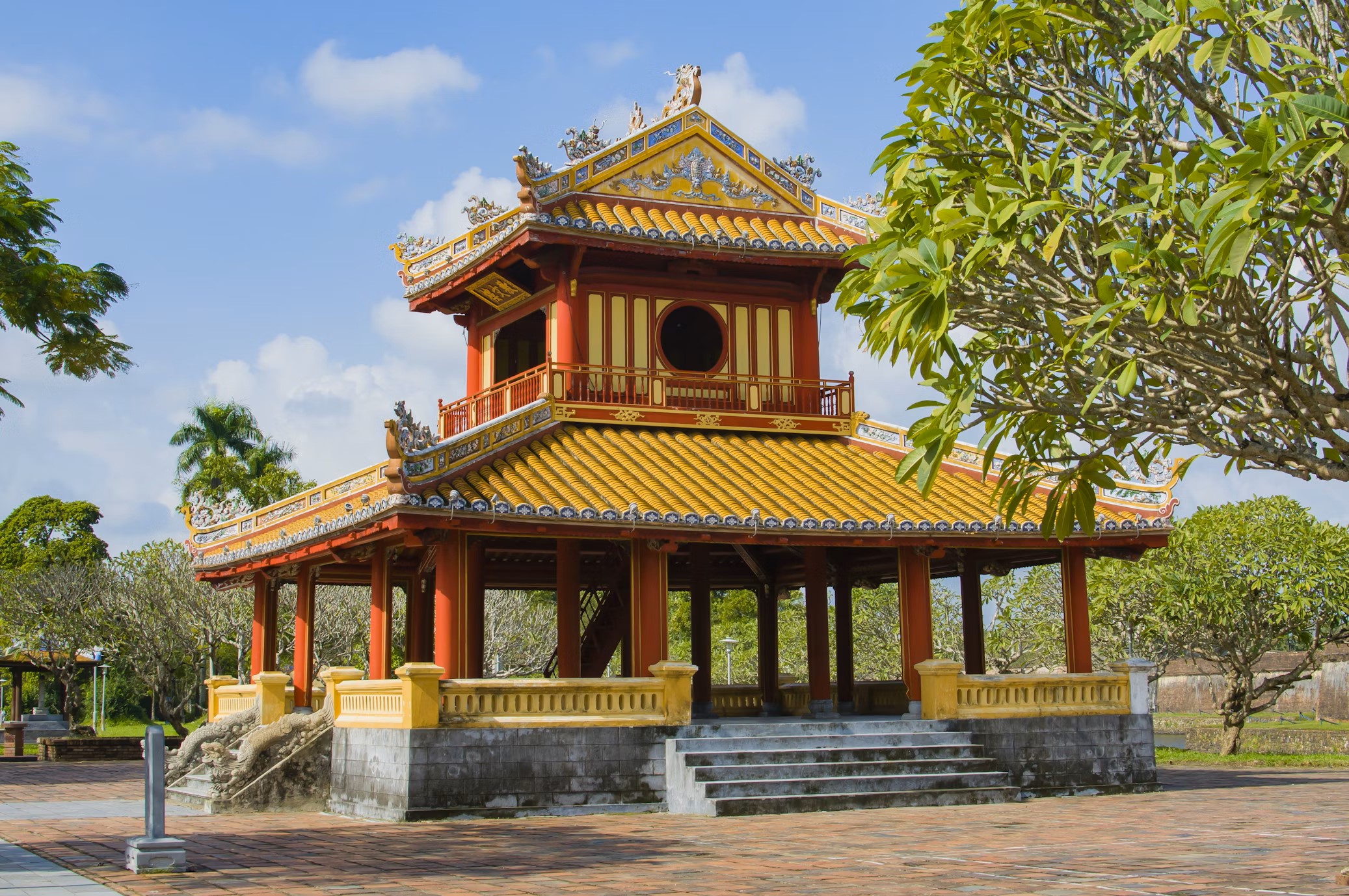Free 1 Month Vietnam Itinerary Template
1 Month Vietnam Itinerary
Hello and welcome to your 30-day adventure through the beautiful landscapes and vibrant cities of Vietnam! My name is [YOUR NAME] and I represent [YOUR COMPANY NAME]. This itinerary created for your personal use, offers you the essence of Vietnam, wrapped in a remarkable travel experience. Feel free to get in touch with me at [YOUR EMAIL] or visit our website [YOUR COMPANY WEBSITE] for more information.
Overview:
Traveling for 30 days in Vietnam gives you plenty of opportunities to enjoy culture, history, culinary adventures, and natural beauty. Starting from the capital, Hanoi, the itinerary will take you from north to south, traversing bustling markets, enchanting lakes, ancient temples, and idyllic beaches.
Days 1-5: Hanoi
Begin your journey in the historic and vibrant city of Hanoi. Explore famous landmarks such as the Hoan Kiem Lake, the Temple of Literature, and the Ho Chi Minh Mausoleum. Try authentic Vietnamese cuisine in the Old Quarter and catch a traditional water puppet show.
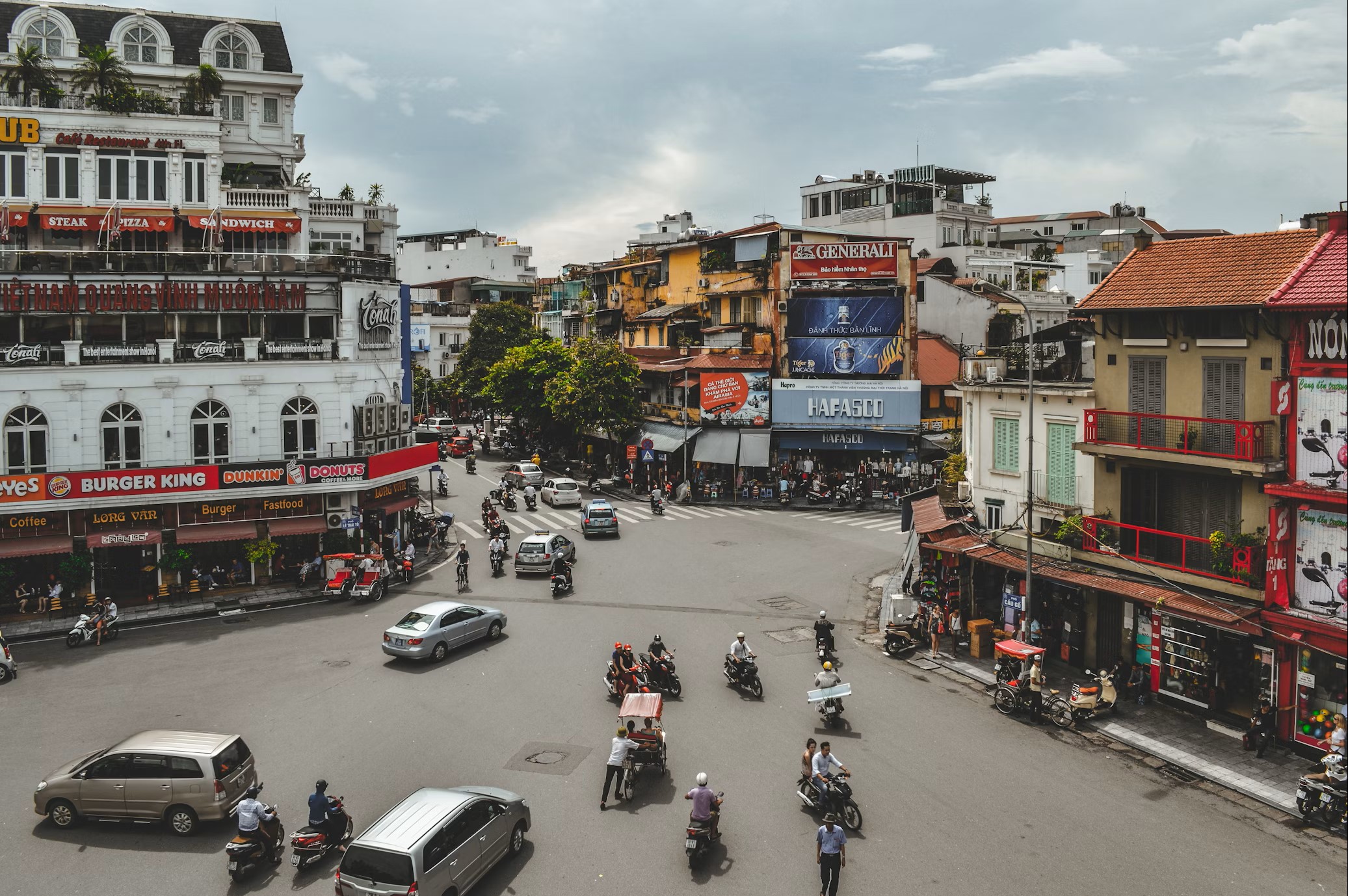
Top things to do in Hanoi:
Explore the Old Quarter: Wander through the narrow streets of the Old Quarter, also known as the 36 Streets, where you can discover traditional Vietnamese architecture, bustling markets, and a plethora of street food stalls.
Hoan Kiem Lake and Ngoc Son Temple: Take a stroll around picturesque Hoan Kiem Lake, located in the heart of Hanoi. Visit Ngoc Son Temple, situated on a small island in the lake, and learn about its fascinating history.
Ho Chi Minh Mausoleum and Complex: Pay respects to Vietnam's revered leader by visiting the Ho Chi Minh Mausoleum and surrounding complex, which includes the Presidential Palace, One Pillar Pagoda, and Ho Chi Minh's Stilt House.
Vietnam Museum of Ethnology: Gain insight into Vietnam's diverse ethnic groups and cultures at the Vietnam Museum of Ethnology, which features informative exhibits, traditional artifacts, and outdoor displays of ethnic minority houses.
Temple of Literature: Explore the Temple of Literature, Vietnam's first national university and a symbol of Confucian education. Admire the well-preserved architecture, beautiful gardens, and historical stelae inscribed with the names of scholars.
These activities offer a diverse range of experiences that capture the essence of Hanoi's culture, history, and culinary delights.
Days 6-10: Ha Long Bay
Next, take a breathtaking cruise in Ha Long Bay, known for its emerald waters and hundreds of towering limestone islands. A UNESCO World Heritage site, it's ideal for kayaking, hiking, and cave visiting.
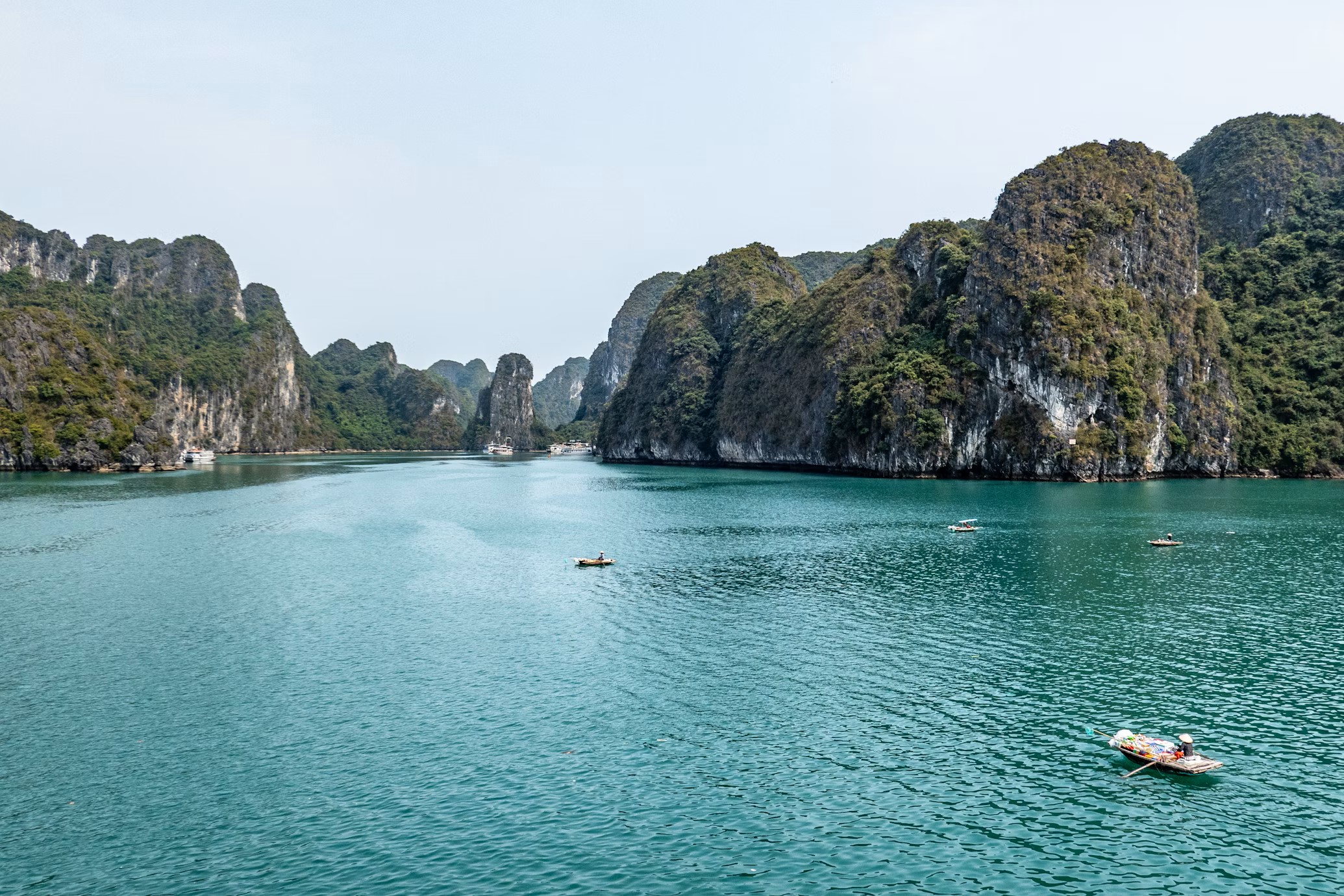
Top things to do in Ha Long Bay:
Cruise the Bay: Taking a cruise is the most popular way to explore Hạ Long Bay. There are various options available, ranging from day trips to multi-day excursions on traditional junks or luxury boats. Cruises typically include visits to caves, islands, fishing villages, and opportunities for activities like kayaking, swimming, and squid fishing.
Visit Caves and Grottoes: Hạ Long Bay is dotted with numerous caves and grottoes, each with its unique features and formations. Some of the most famous caves include Sung Sot Cave (Surprise Cave), Thien Cung Cave (Heavenly Palace Cave), and Dau Go Cave (Wooden Stakes Cave). Exploring these caves offers a glimpse into the area's geological wonders.
Kayaking and Swimming: Many cruises and tours offer opportunities for kayaking through the bay's tranquil waters, allowing visitors to get up close to the limestone karsts and explore hidden lagoons and sea caves. Swimming is also a popular activity, especially in the warmer months.
Visit Floating Villages: Hạ Long Bay is home to several floating fishing villages where residents live on houseboats and make a living from fishing and aquaculture. Visiting these villages provides insight into the local way of life and offers unique photo opportunities.
Enjoy Sunset/Sunrise Views: Witnessing the sunrise or sunset over Hạ Long Bay is a breathtaking experience. Many cruises are timed to coincide with these natural spectacles, offering passengers the chance to capture stunning photographs and create lasting memories.
Days 11-15: Hue
Travel to Hue, known for its historic monuments. Visit the Imperial City and the tombs of Nguyen emperors. Also, enjoy a boat trip on the Perfume River visiting Thien Mu Pagoda.
Top things to do in Hue:
Visit the Imperial City: Explore the UNESCO World Heritage Site of Hue's Imperial City, a vast complex of palaces, temples, walls, and gates dating back to the 19th century. This historical site offers insights into Vietnam's royal past.
Discover the Tombs of the Emperors: Hue is renowned for its royal tombs, scattered along the Perfume River. Some notable tombs include the Tomb of Khai Dinh, the Tomb of Minh Mang, and the Tomb of Tu Duc. Each tomb has its unique architectural style and historical significance.
Cruise the Perfume River: Take a leisurely boat ride along the Perfume River, which runs through the heart of Hue. Enjoy scenic views of pagodas, temples, and lush landscapes along the riverbanks.
Explore Thien Mu Pagoda: Visit the iconic Thien Mu Pagoda, one of the oldest and most beautiful pagodas in Vietnam. Located on the banks of the Perfume River, this seven-story pagoda offers panoramic views of the surrounding area.
Sample Hue Cuisine: Indulge in Hue's delicious cuisine, known for its royal origins and intricate flavors. Don't miss specialties like bun bo Hue (spicy beef noodle soup), banh khoai (Hue-style pancakes), and nem lui (grilled pork skewers).
Days 16-20: Hoi An
Wander through the well-preserved Ancient Town of Hoi An, lined with beautiful wooden houses, pagodas, and silk shops. Also, experience the ornate Japanese Covered Bridge and the vibrant night market.
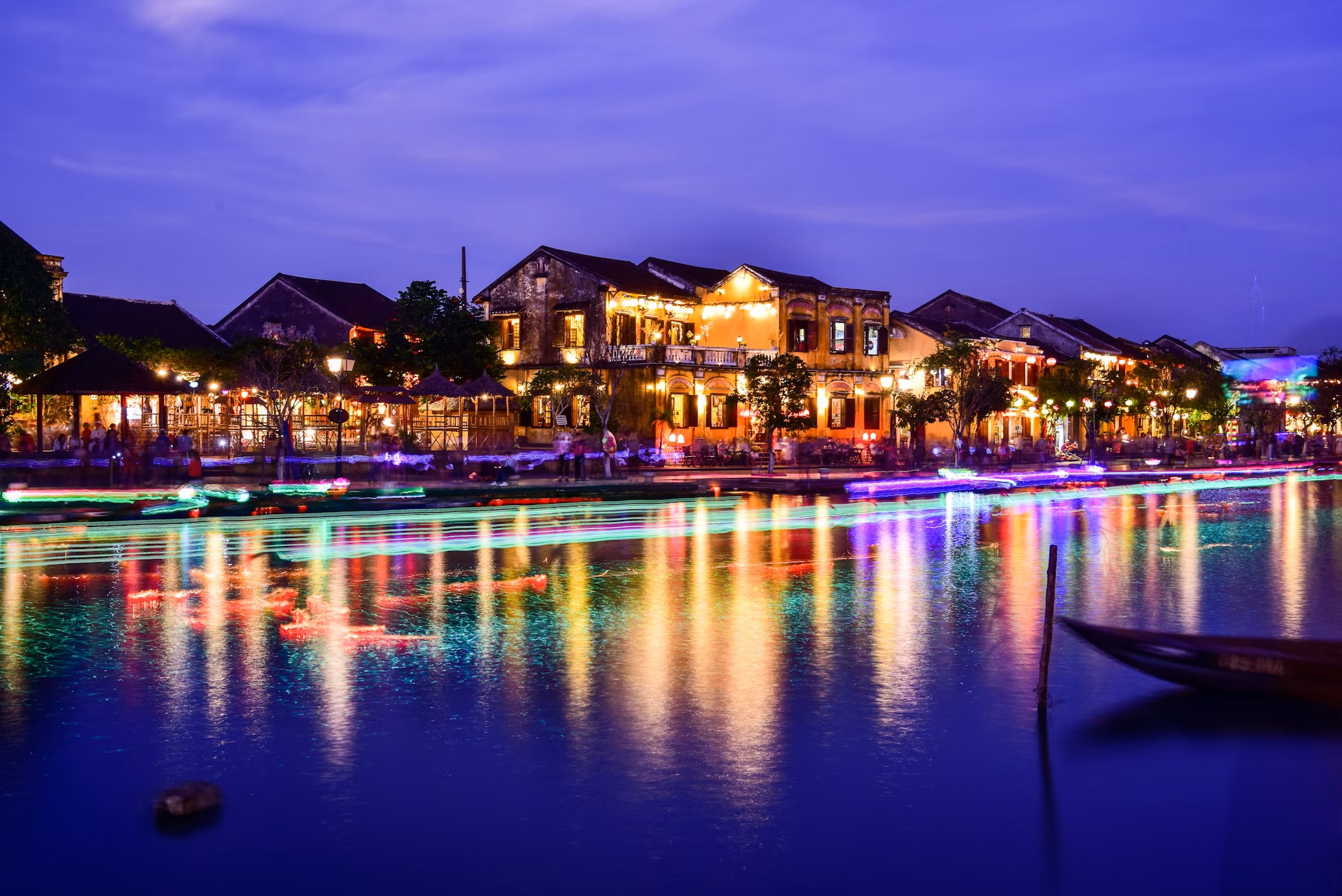
Top things to do in Hoi An:
Explore the Ancient Town: Wander through the narrow streets of Hoi An's UNESCO-listed Ancient Town, which is filled with well-preserved buildings dating back to the 15th to 19th centuries. Don't miss landmarks like the Japanese Covered Bridge, the Old House of Tan Ky, and Phuc Kien Assembly Hall.
Visit the Night Market: Experience the vibrant atmosphere of Hoi An's night market, which comes alive with colorful lanterns, street food stalls, and local handicrafts. It's a great place to shop for souvenirs, try delicious Vietnamese street food, and soak up the lively ambiance.
Take a Cooking Class: Learn how to cook traditional Vietnamese dishes with a cooking class in Hoi An. You'll visit a local market to shop for fresh ingredients, then receive hands-on instruction from expert chefs as you prepare dishes like pho, spring rolls, and banh xeo.
Go Cycling: Rent a bicycle and explore the picturesque countryside surrounding Hoi An. Cycle through rice paddies, rural villages, and scenic landscapes, stopping to interact with locals and take in the peaceful surroundings.
Relax on An Bang Beach: Spend a day soaking up the sun on An Bang Beach, one of Hoi An's most beautiful beaches. Relax on the soft white sands, swim in the crystal-clear waters, and enjoy fresh seafood at one of the beachfront restaurants.
Days 21-25: Ho Chi Minh City
Travel south to Ho Chi Minh City. Highlights include the Saigon Post Office, the War Remnants Museum, and Ben Thanh Market. An excursion to the Cu Chi tunnels is a must.
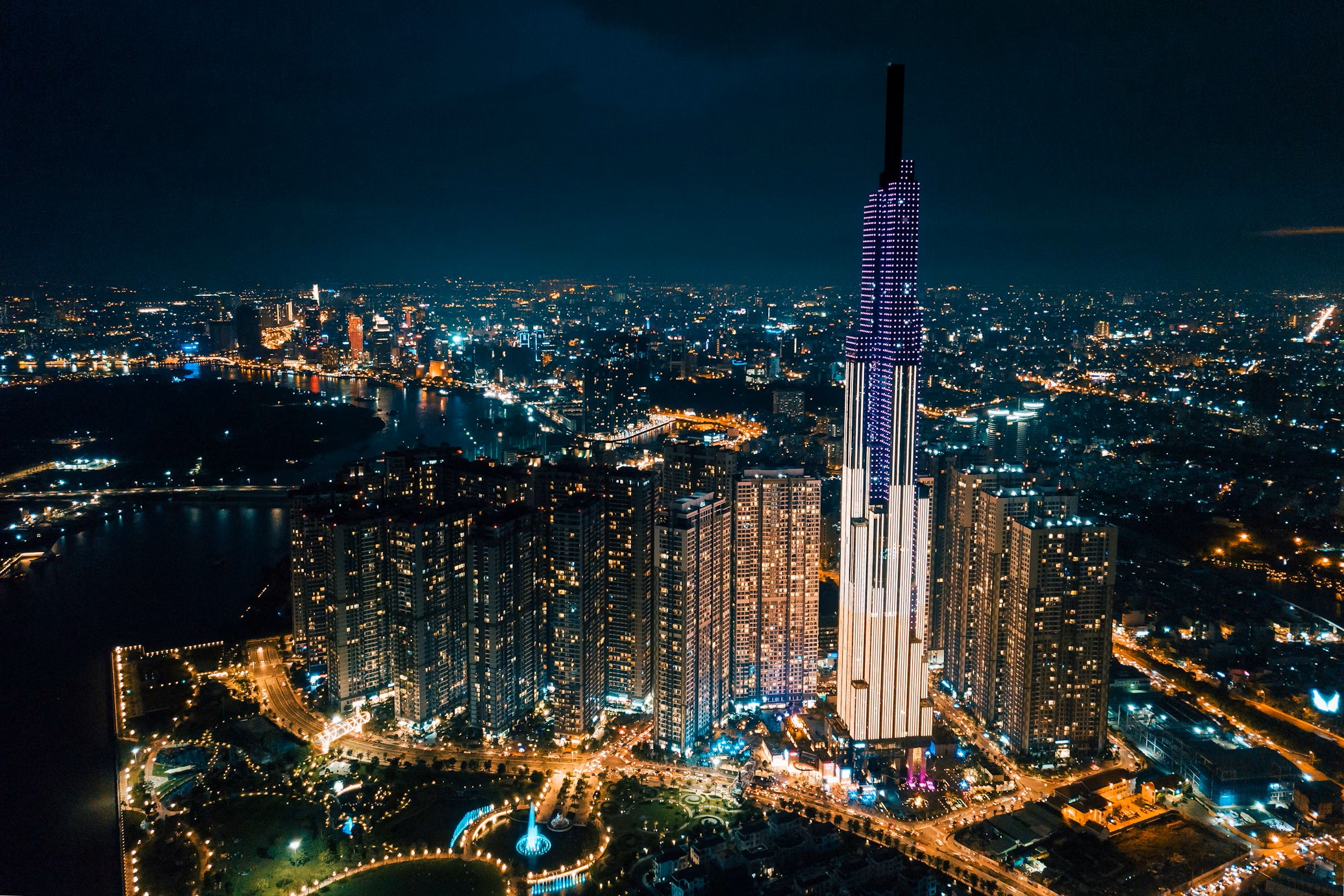
Top things to do in Ho Chi Minh City:
Visit the War Remnants Museum: Gain insight into the Vietnam War through photographs, artifacts, and exhibits that document the conflict from a Vietnamese perspective.
Explore the Cu Chi Tunnels: Take a day trip to the Cu Chi Tunnels, an extensive network of underground tunnels used by the Viet Cong during the Vietnam War. Visitors can crawl through sections of the tunnels and learn about the guerrilla warfare tactics employed by the Vietnamese.
Discover the Ben Thanh Market: Experience the vibrant atmosphere of one of Ho Chi Minh City's largest markets. Browse through stalls selling a variety of goods, including clothing, handicrafts, souvenirs, and local street food.
Marvel at the Notre-Dame Cathedral Basilica of Saigon: Admire the stunning French colonial architecture of this iconic cathedral, which was constructed in the late 19th century.
Take a Stroll along Nguyen Hue Walking Street: Enjoy a leisurely walk along this pedestrianized street, lined with shops, cafes, and street performers. It's a great place to soak up the energy of the city.
Days 26-30: Mekong Delta
End your journey with a trip to the Mekong Delta. Take a boat trip to visit the floating markets, taste locally produced coconut candies, and enjoy traditional music.
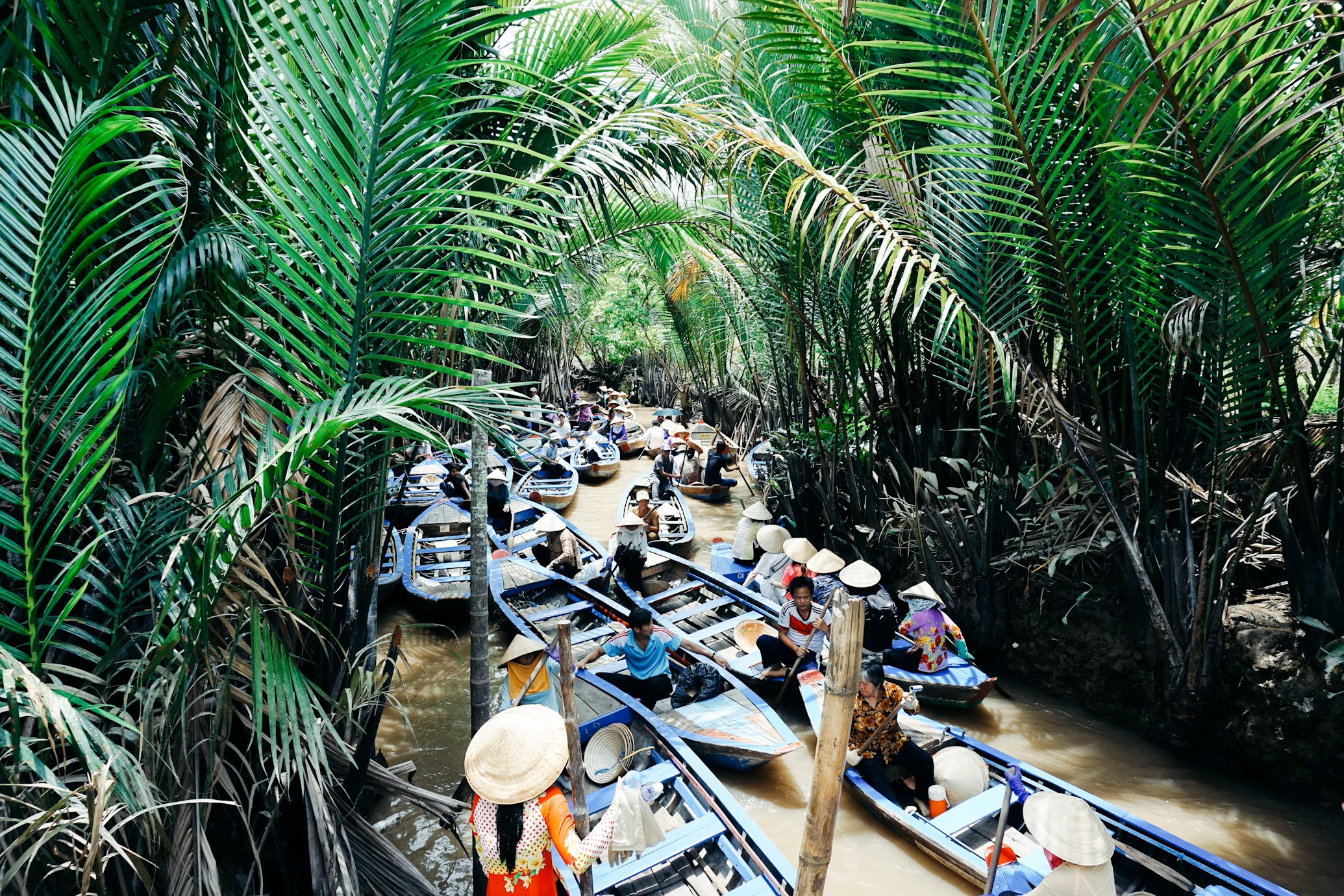
Top things to do in the Mekong Delta:
Take a boat tour: Explore the intricate network of waterways by taking a boat tour through the Mekong Delta. You can choose from various options, including small wooden boats, traditional sampans, or larger tourist boats.
Visit floating markets: Experience the bustling atmosphere of the floating markets, where local vendors sell fresh produce, seafood, and handicrafts directly from their boats. Cai Rang Floating Market near Can Tho is one of the largest and most famous in the region.
Explore local villages: Take a bicycle or motorbike ride through the countryside to visit charming villages along the riverbanks. You can interact with locals, learn about traditional crafts such as rice paper making and coconut candy production, and sample delicious regional specialties.
Visit fruit orchards and gardens: The Mekong Delta is known as the "fruit basket" of Vietnam, with a wide variety of tropical fruits grown in the region. Visit fruit orchards and gardens to taste fresh fruit straight from the trees and learn about fruit cultivation practices.
Discover Khmer culture: In some parts of the Mekong Delta, particularly in Soc Trang and Tra Vinh provinces, there is a significant Khmer ethnic minority population. Explore Khmer pagodas, sample Khmer cuisine, and learn about their unique customs and traditions.
Additional reminders:
-
Transportation: Ensure you have arranged transportation between destinations in advance. Consider using trains, buses, or domestic flights to optimize travel time and convenience.
-
Accommodation: Confirm your accommodation bookings for each destination. Look for options that fit your budget and preferences, whether it's hotels, guesthouses, or homestays.
-
Travel Insurance: Consider purchasing travel insurance to protect yourself against unexpected events such as medical emergencies, trip cancellations, or lost luggage.
-
Health and Safety: Familiarize yourself with any health and safety recommendations for traveling in Vietnam. This may include vaccinations, mosquito protection, and precautions against food and waterborne illnesses.
-
Currency: Exchange currency or withdraw cash as needed for your trip. Vietnamese Dong (VND) is the local currency, but some establishments may accept US dollars or major credit cards.
Conclusion
This journey provides an in-depth look at the rich culture and stunning beauty of Vietnam. It's a perfect sampler of the best Vietnam offers, promising unforgettable memories. Safe travels!
